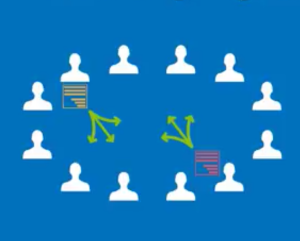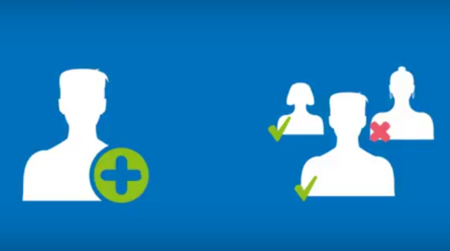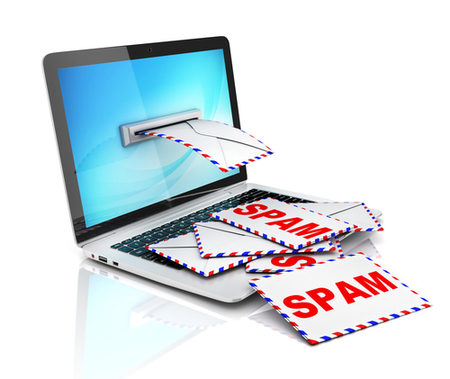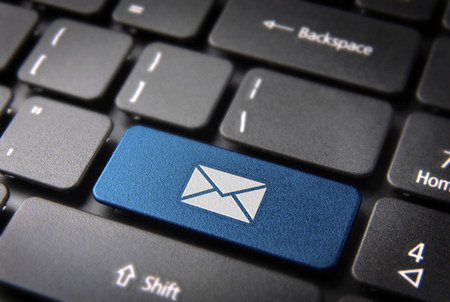
A daily digest summary is an email containing a compilation of new emails sent by members of a list. This can be a handy function to avoid clogging up members’ inboxes, reducing the number of emails they have to scan each day. To receive an email digest, members will need to opt to receive it. In this short post, we explain how to set up daily digest summaries with Simplelists.

Getting started

It is possible to allow other people to manage your Simplelists account. This useful feature enables you to delegate management of your email lists, share the workload and save time. You can set permissions for each new user and you don’t have to give all users full control over your account. For example, a user can be allowed to approve messages and manage list members, but prevented from changing account settings. The ability to add delegated users means you’ll never need to share login details, which helps keep your account secure. New users can be added at any time, enabling easy expansion of your email management system as your organisation or business grows. If you’re making use of the Simplelists API, you can also add API users to your account. They can be added with either ‘read only’ or ‘full’ permissions.

Before delving into writing HTML code for your bespoke design email, it’s a good idea to spend a few minutes doing some planning first. Don’t think of this stage as wasted time - it is more likely to be the opposite - saving you time in the long run as you will know exactly what you are aiming for before starting. A well-planned email is also likely to be a success, especially if you are using the email for marketing purposes.

Email addresses can be difficult to remember, resulting in mistakes when people send you an email. An alias can be used to make a straightforward replacement for a long or hard-to-remember address. An alias can also be used to forward messages sent to the alias on to another specified email address or group of addresses.

Most of the devices we use on a daily basis these days have webcams installed as standard. While this makes keeping in touch with friends and family very easy, it is important to be aware of the potential associated security risks. There have been several stories in the news recently about people who have had their webcams ‘hacked’ and the implications for how this affects personal privacy are significant. In the first of a short series of ‘tech tips’ posts, we explain how webcams can be accessed and suggest some things you can do to avoid someone looking in on you, unwanted.

The past month has been an active and not always very positive one on the news front. At times when politics and events around the world can seem to be broadly negative, it can be nice to remind ourselves of 'good news’ going on in the background. Over the past few months, we have shared quite a lot of positive technological advances on our Twitter and Google+ feeds. In this blog post, we have included some of our favourites for you to enjoy.

A recent study carried out by ReturnPath estimated that only 79% of emails sent by legitimate email marketers (i.e. emails sent to people who signed up to your list) reach the inbox. Spam filters are becoming more and more sensitive, to ensure that non-legitimate, spam emails don’t get delivered. It is important to follow a simple set of rules to ensure that your list members receive the emails they have signed up for.

Email marketing campaigns are used by the majority of companies to advertise their products, share their news, or invite their subscribers to take part in activities/events. A campaign is a 'call to action’ with varying objectives and, recently, there have been several questions raised about the effectiveness of email as a method for engaging and motivating your contacts.

In this post, we share some basic tips for those of you who are just starting out in email marketing. You might be about to launch a regular email newsletter to raise awareness of your work and/or invite your readers to sign up to a product or list (responding to a 'call to action’ or COA).

There is lots of information out there about when is the best time of the day/week to send email newsletters, ensuring that as many people as possible open (and read) your message. We’ve already written about how to come up with a good subject line to increase your open rates and in this post we’ll look at the variety of data that analyses the best time to send your email.

We have just completed the final video in our HTML emails series which takes you through everything from designing your email, to writing the code for responsive emails and finally to testing and sending the email. Here are all six parts of the series: